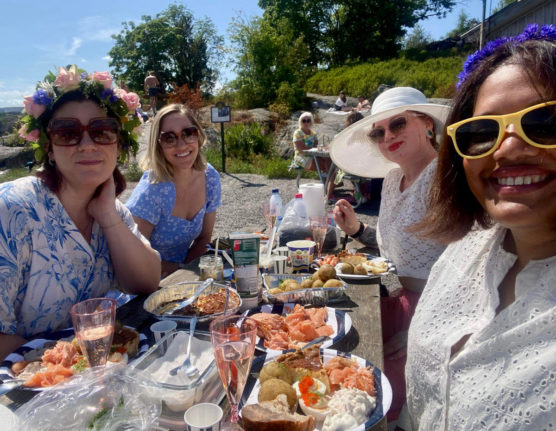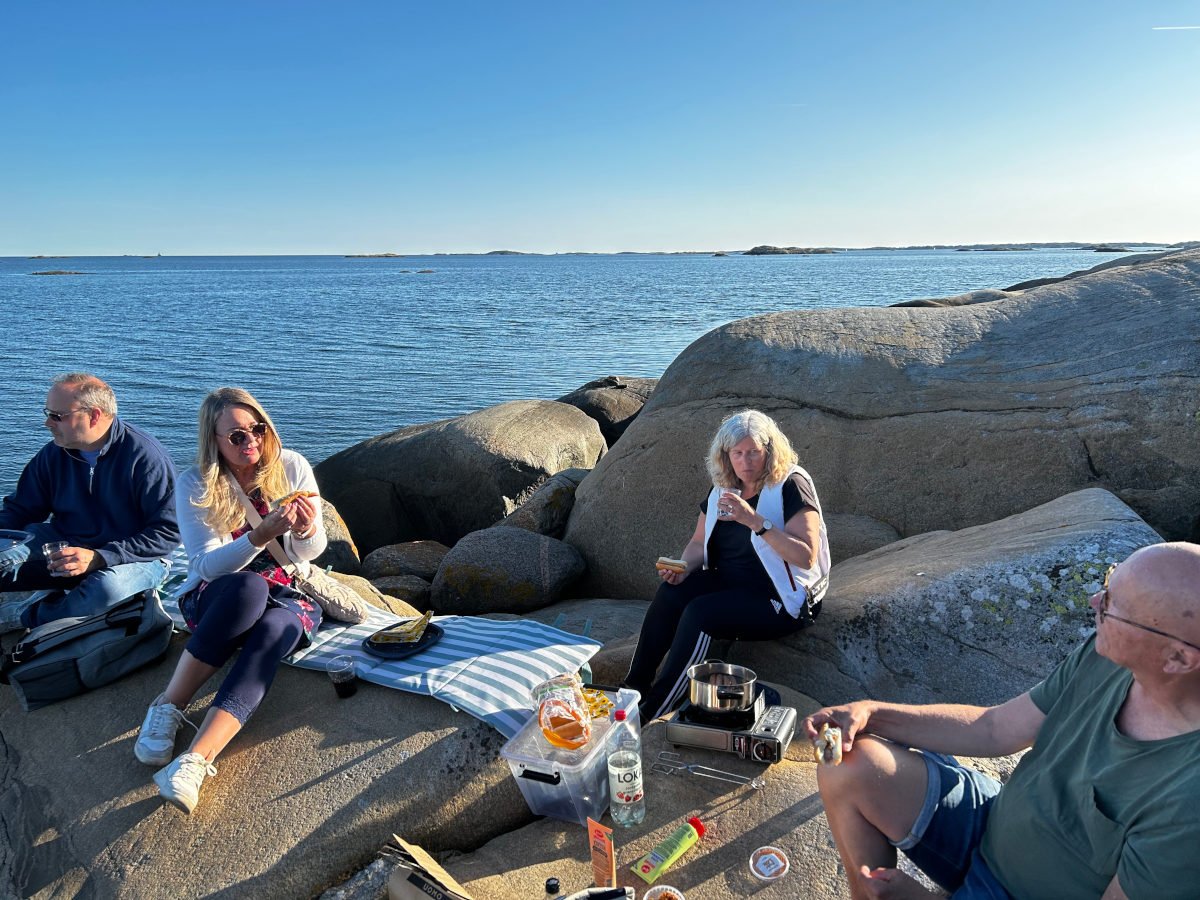Editor’s note on February 1st: Despite pyttipanna grabbing headlines ahead of the visit, it turns out that Macron was not served the traditional hash with bearnaise sauce during his visit to Lund. Instead he was treated to gravlax with fennel and dill cream, smoked ham with artichoke purée and pickled mushroom, shrimp tartelettes and Västerbotten cheese pie with fish roe, reported Kristianstadsbladet.
First, what actually is pyttipanna?
Well, it’s a Swedish dish made up of some kind of meat (most often pork), mixed with potatoes and onion, all chopped up into small pieces and fried until crispy, before serving with a fried egg and pickled beetroot.
Despite originally consisting of leftovers, most people nowadays would make it from fresh ingredients or buy a bag from the supermarket to fry up for a quick dinner. Opinion is divided as to whether the name means “put-in-pan” or “small pieces in a pan”.
It’s similar to a hash (which actually gets it’s name from the French word hacher, to chop up), a dish made up of chopped meat (often canned corned beef), potatoes and fried onions, which was popular in the UK and France during the Second World War when fresh meat was scarce.
- READ ALSO: Swedish word of the day: pyttipanna
It’s an odd choice for a visiting head of state. It’s the kind of food served in Swedish schools – and indeed Swedish homes – as it’s beloved by children. Simply put, it’s not the kind of fine dining you’d expect to be served to a president – especially not a French one.
Arguably, the weirdest thing about the menu choice is the bearnaise sauce.
Now, Swedes love bearnaise. It’s affectionately known as bea, is found in every Swedish supermarket in about 20 different variations has existed as a crisp flavour, and is often used as a pizza topping alongside chips, but it’s not a traditional accompaniment to pyttipanna. Admittedly, the only sauce most Swedes would be eating their pyttipanna with is ketchup, or HP sauce, which isn’t particularly fitting for a president either.
You may be thinking that this is a nod to Macron’s homeland where bearnaise sauce is from, or an attempt to put a gourmet spin on standard Swedish home cooking, but in fact you can blame Denmark for this culinary curiosity.
So, more specifically, Macron will be treated to the dish when he visits Lund University to speak at a student evening (studentafton). Now, this already makes more sense, as pyttipanna is the kind of dish you can imagine a student heating up in their shared flat after a day of lectures.
Now, it’s somewhat of a tradition for Lund to host visiting politicians, literary and cultural profiles at these student evenings, which have been taking place for over a hundred years.
Every Swedish prime minister has taken part in a studentafton since Per Albin Hansson became prime minister in 1932, as well as the presidents, prime ministers and chancellors of other countries like Estonia, Finland, South Africa, Austria and, yes, France.
Lund is the kind of university which likes its odd traditions, and studentaftnar are no exception. The story goes that when Queen Margrethe of Denmark visited Lund in 2005, she requested pyttipanna – known as biksemad in Denmark – with bearnaise sauce.
“That’s what Queen Margrethe wanted when she visited us in 2005,” Lund student evening chair Frida Eriksson told Swedish radio ahead of Macron’s visit.
“It’s been like that since then. All the guests think it’s great.”
It remains to be seen whether Macron likes pyttipanna with bearnaise sauce or not, but whatever he thinks of it, he can be proud to join a long line of politicians, celebrities and other officials who have been served the unusual combination.





 Please whitelist us to continue reading.
Please whitelist us to continue reading.
Member comments